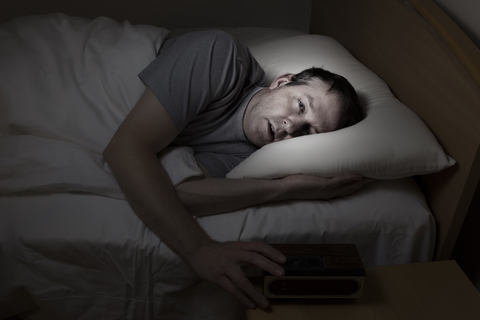
Self-Care With the News Cycle
My client, I’ll call her Tina, was near tears telling me how upset she was about the situation in Israel. “It’s like I cannot stop

My client, I’ll call her Tina, was near tears telling me how upset she was about the situation in Israel. “It’s like I cannot stop

My little booklings are finding their ways to their new mamas and papas! And it is a bit unnerving! As Restore My Soul journeys out

Research shows that happier, more content people are less caught up in their thoughts and more focused on the present moment. The bottom line? Worry

Last week I got some news that really let loose a stress reaction in me. The news wasn’t life or death, but it represented an

I CAN’T HANDLE IT!! How much do you say this? How often do you hear it? Truth is, a lot of times when I say

“Hell is an endless, hopeless conversation with oneself” ~Dante’s description of rumination (in a biography of Churchill) People who do this know exactly why Dante

This morning the most forwarded NY Times article was about meditation and sleep problems. It seems that people are catching on—SLEEP IS IMPORTANT!!! For anyone

I’ve been doing an experiment lately. I’ve been writing down all of the unwanted intrusive thoughts that I notice I’m having. I’m doing this because

How often do we ruin a perfectly good week because our minds are in the next one? I’ve caught myself several times lately in a

I heard an intriguing Ted Talk recently by Kelly McGonigle entitled, “Making Stress Your Friend”. McGonigle is a psychologist who spent the better part of

I’ve noticed a certain distractibility creeping into my devotional life

Jesus does NOT want you to burn out! So…. another

“You sound burned out.” This was my friend’s comment after

My client, I’ll call her Tina, was near tears telling me how upset she was about the situation in Israel. “It’s like I cannot stop

My little booklings are finding their ways to their new mamas and papas! And it is a bit unnerving! As Restore My Soul journeys out

Research shows that happier, more content people are less caught up in their thoughts and more focused on the present moment. The bottom line? Worry

Last week I got some news that really let loose a stress reaction in me. The news wasn’t life or death, but it represented an

I CAN’T HANDLE IT!! How much do you say this? How often do you hear it? Truth is, a lot of times when I say

“Hell is an endless, hopeless conversation with oneself” ~Dante’s description of rumination (in a biography of Churchill) People who do this know exactly why Dante

This morning the most forwarded NY Times article was about meditation and sleep problems. It seems that people are catching on—SLEEP IS IMPORTANT!!! For anyone

I’ve been doing an experiment lately. I’ve been writing down all of the unwanted intrusive thoughts that I notice I’m having. I’m doing this because

How often do we ruin a perfectly good week because our minds are in the next one? I’ve caught myself several times lately in a

I heard an intriguing Ted Talk recently by Kelly McGonigle entitled, “Making Stress Your Friend”. McGonigle is a psychologist who spent the better part of

I’ve noticed a certain distractibility creeping into my devotional life

Jesus does NOT want you to burn out! So…. another

“You sound burned out.” This was my friend’s comment after
"*" indicates required fields